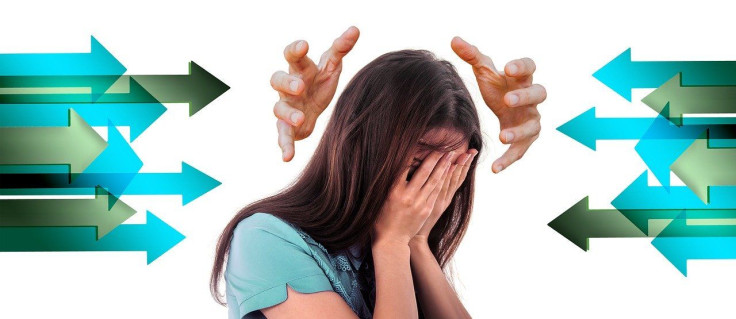Understanding Bipolar Disorder: Know The Common Symptoms Patients Usually Exhibit
KEY POINTS
- Bipolar disorder has three types
- Symptoms of each type vary
- Changes in season can trigger a change in behavior
A series of controversial social media messages and speeches of Kanye West brought so much attention to the mental illness hounding the rapper. West admitted that he was diagnosed with bipolar disorder, a mental condition that greatly affects the behavior of a patient.
Health experts say there are three different types of bipolar disorder and the condition itself is often misunderstood.
Bipolar disorder is characterized by a series of manic and depressive episodes. Experts say there are three different types of the condition – bipolar I, bipolar II and cyclothymia.
According to the National Alliance on Mental Illness chief medical officer, Dr. Ken Duckworth, bipolar I disorder involves having manic episodes that could last one week or manic symptoms that necessitate immediate medical care. The manic episodes are oftentimes followed by depression, TODAY reported.
Bipolar II is characterized by an array of depressive episodes, which are then followed by short, hypomanic episodes. These episodes are not as extreme as those with bipolar I disorder, said Duckworth, but they have similar attributes, like impulsivity.
The third type of bipolar disorder is cyclothymia. This is defined by a series of hypomanic symptoms and depressive symptoms, which can last for two years. It is known to last at least a year in children.
Bipolar disorder symptoms:
The symptoms vary based on the type of the disorder, as well as whether the patients are in a manic or depressive episode. Experts also say it is possible to simultaneously experience both episode types, which can lead to a mixture of behaviors.
During manic or hypomanic episodes, patients may start showing symptoms such as loss of appetite, fast-talking, oddly intense emotions, racing thoughts, and a diminished need for sleep. Some of the patients reported feeling jumpy, wired, high, or becoming more elated or irritable.
Patients having manic episodes believe they can simultaneously accomplish many things or believe they have an unusual talent or are very important or powerful. Excessive drinking and eating, as well as uncharacteristic spending or having reckless sexual activity, are among the risky behaviors that patients experiencing manic episodes may do, the National Institute of Mental Health (NIMH) said.
Depressive episodes
In the case of depressive episodes, patients may experience an increase in their appetite and changes in their sleeping patterns. They may also feel empty, helpless, or sad and may even act slowly or become restless.
According to the NIMH, those having depressive episodes may have a hard time making decisions and also have trouble concentrating. They may also entertain thoughts of deaths or suicide. Since the condition is relatively cyclical, such episodes can be triggered by things like changes in the seasons or time.
"It is a recurring wave that keeps coming at you. It might come 20 times in a lifetime, it might come 10 times or three times ... There are no simple answers," Dr. Duckworth said.

© Copyright IBTimes 2024. All rights reserved.





















